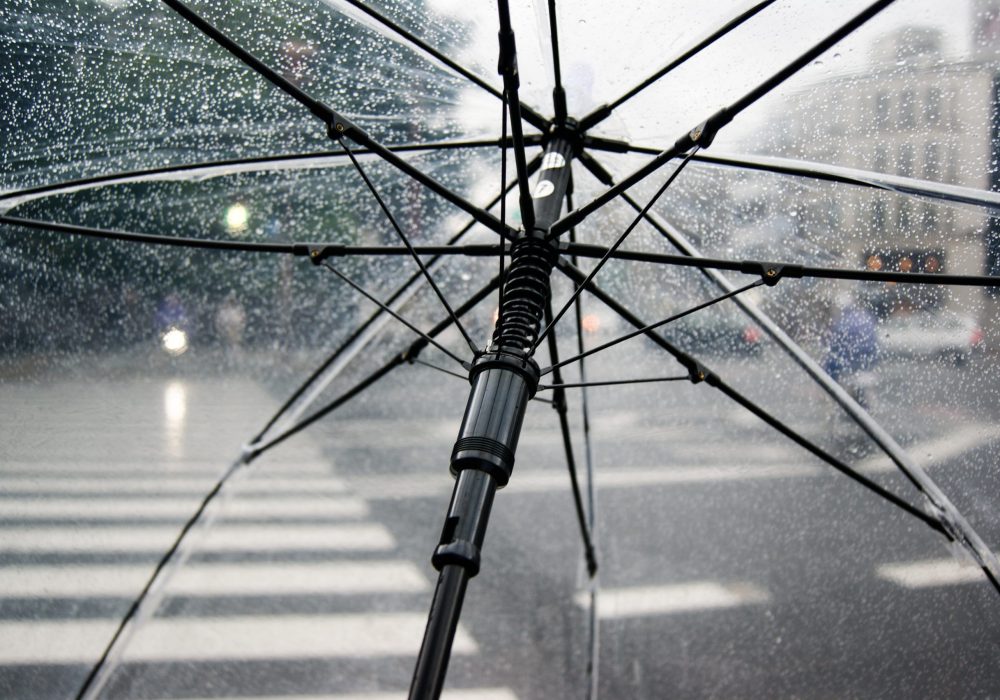"Rainwater Harvesting Basics: All You Need To Know About Recharge Pits" - by Rajshekhar

Since our previous blogpost explained the nature and scale of India’s water crisis, we decided that this one should focus on possible solutions. Effective water management and water conservation methods need to be implemented expeditiously to reverse our country’s dire situation. Rain water harvesting is one such method which can be incorporated at a macro level, i.e. storm management systems at the city level, and at micro/individual level, i.e. at campuses, apartment complexes and individual houses. Rainwater harvesting is the process of (A) collecting rainwater from the surfaces on which it falls, (B) filtering it, and (C) storing it for varied purposes. It is also a very effective technique to increase groundwater levels and improve the quality of groundwater in TDS terms.
There are various methods of rain water harvesting which can be easily incorporated in buildings:
Filtration and Storage is the method where water from the roof top flows through downtake pipes, and enters a filtration chamber where contaminants like leaves, debris, and fine dirt particles are removed. This cleaned water is then stored in underground tanks and used for domestic needs. The effectiveness or output of the filtration method depends on factors such as roof area and rainfall pattern, among other things.
A roof area of 1000 sq.ft. can save up to 1lakh liters of water per annum, which is sufficient for a 100 days of water supply for the domestic needs of a family of 4. The direct storage and use of rainwater saves a lot of money, which would otherwise be spent on water tankers.
Rainwater percolation pits: Rainwater from the rooftop or surface run-off is diverted into a pit with filtration media which allows water to be slowly absorbed into the ground. The design of pit varies depending on the condition of the soil, roof area, space availability, etc.
Injection well: In this technique, water is not pumped into the aquifer but allowed to percolate through a filter bed, which comprises sand and gravel. A modified injection well is generally a borehole, 500 mm in diameter, drilled to the desired depth depending on geological conditions, preferably 2 to 3 m below the water table in the area. Inside this hole a slotted casing pipe of 200 mm diameter is inserted. The annular space between the borehole and the pipe is filled with gravel and developed with a compressor until it gives clear water. Further, to stop suspended solids from entering the recharge tubewell, a filter mechanism is provided at the top.